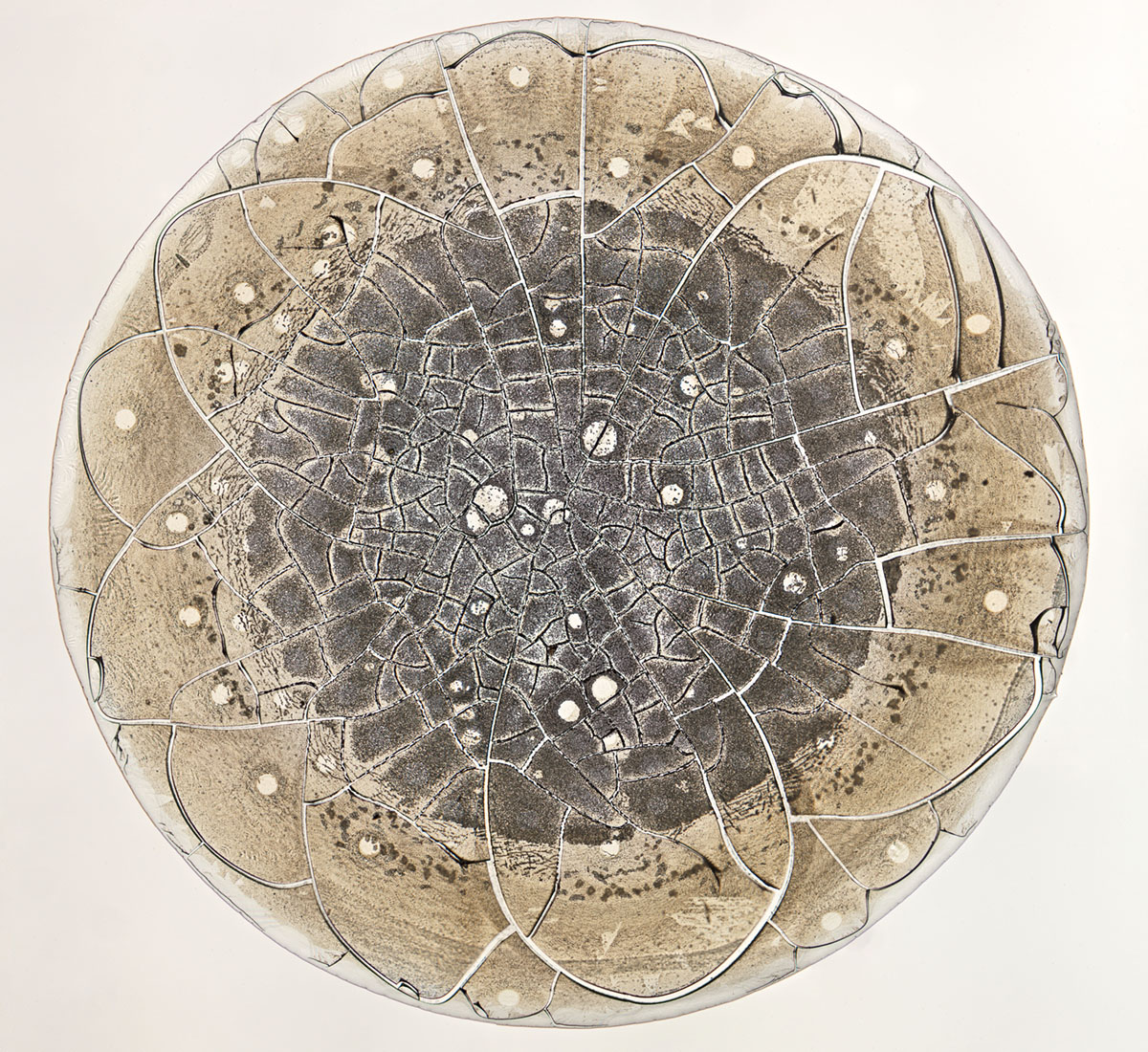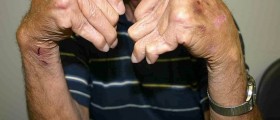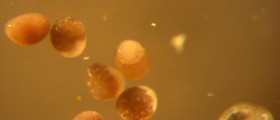
Humane and Rewarding
Even though a large number of people believe that donating your plasma is a complicated process, where you have to undergo delicate medical procedures in order for the donation to take place, this is not true. In reality, this procedure is quite simple and it only takes good will and a humane character of a person in order for the donation to take place. By donating your blood plasma to those in need, you are saving lives, indirectly. At the same time, you are contributing to the branch of medical researches, influencing further discoveries which may save even more lives than you can imagine.
Moreover, there are numerous medical facilities which will pay you for donating blood plasma, making this action even more rewarding. Therefore, being humane can pay you back, you just need to know where and how to donate your blood plasma.
What is Blood Plasma?
Before we move on to the methods of donating, you may want to know what blood plasma actually is. Namely, it is the liquid, yellowish part of our blood, which consists of antibodies, proteins, endocrines and coagulation substances. Our body regenerates plasma easily. Therefore, we can donate plasma two times a week, without any consequences upon our health.
Facts about Donation
First of all, age matters. Thus, you need to be older than 16, but younger than 65. Moreover, you need to weigh about 110 lbs and more, while being in a good physical condition and health. Tattoos and piercings done during the year may prevent you from being a donor, due to the danger of developing hepatitis or AIDS. Also, there are donation facilities which check your family's medical history and refuse your donation in case of cancer in the family.
So, if you need the requirements, you may search for certified plasma donation facilities online or in the yellow pages. Before you donate, however, make sure that the facility pays for the plasma it receives. You may receive up to $30 per donation. Nevertheless, there are donation centers which pay even more for this, life-saving, substance.
Finally, the process of donation involves you undergoing a brief physical examination. There, your heart rate, blood pressure, blood heat, cholesterol levels and other health indicators are analyzed. Also, your blood is checked for iron levels and blood sugar levels. Once everything is in order, your blood will be removed, the plasma will be separated and harvested and the rest of the blood will be returned into your body. The whole process lasts for about an hour. After the procedure, make sure you keep your body well hydrated in order to compensate for the loss of fluids.

















Your thoughts on this
Loading...